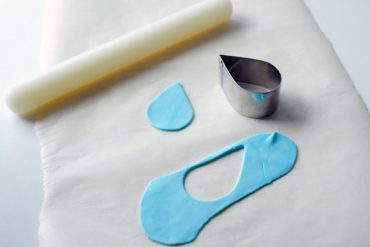

It is light, refreshing, and melts in your mouth! How many calories does it contain? Or what that was just us? This fun dessert will take you back to childhood and make you feel like you’re eating raindrops. If you’ve ever played out in the rain when you were kids, you’ve probably also tried eating raindrops. However, the toppings (or the fillings) are what give it its flavour. What does Raindrop Cake taste like?īy itself, raindrop cake does not have any flavour. What has stayed the same are the typical toppings served with this dessert, which are a sprinkling of kinako powder and a drizzle of kuromitsu. We will use these names interchangeably in this article. It is also more commonly known as mizu shingen mochi, which literally means water cake. Sakura Mizu Shingen Mochi | Image from Instagram It is now a transparent and crystal-looking sphere and is made with agar-agar instead of glutinous rice flour. The current version that we know can be considered an evolution from its traditional form.

This became a festive food to eat during Obon in Japan.Īs time passed, locals in Hakushu-cho, Hokuto City decided to incorporate the region's fresh spring water into this dessert. They were originally made as a type of emergency food by Shingen Takeda, a Sengoku Daimyo.

It has a soft texture and chewy consistency. Traditionally, these are popular rice cakes from Japan’s Yamanashi Prefecture that are made from glutinous rice flour and sugar. The earliest form of this delicacy is a Japanese mochi called Shingen mochi.


 0 kommentar(er)
0 kommentar(er)
